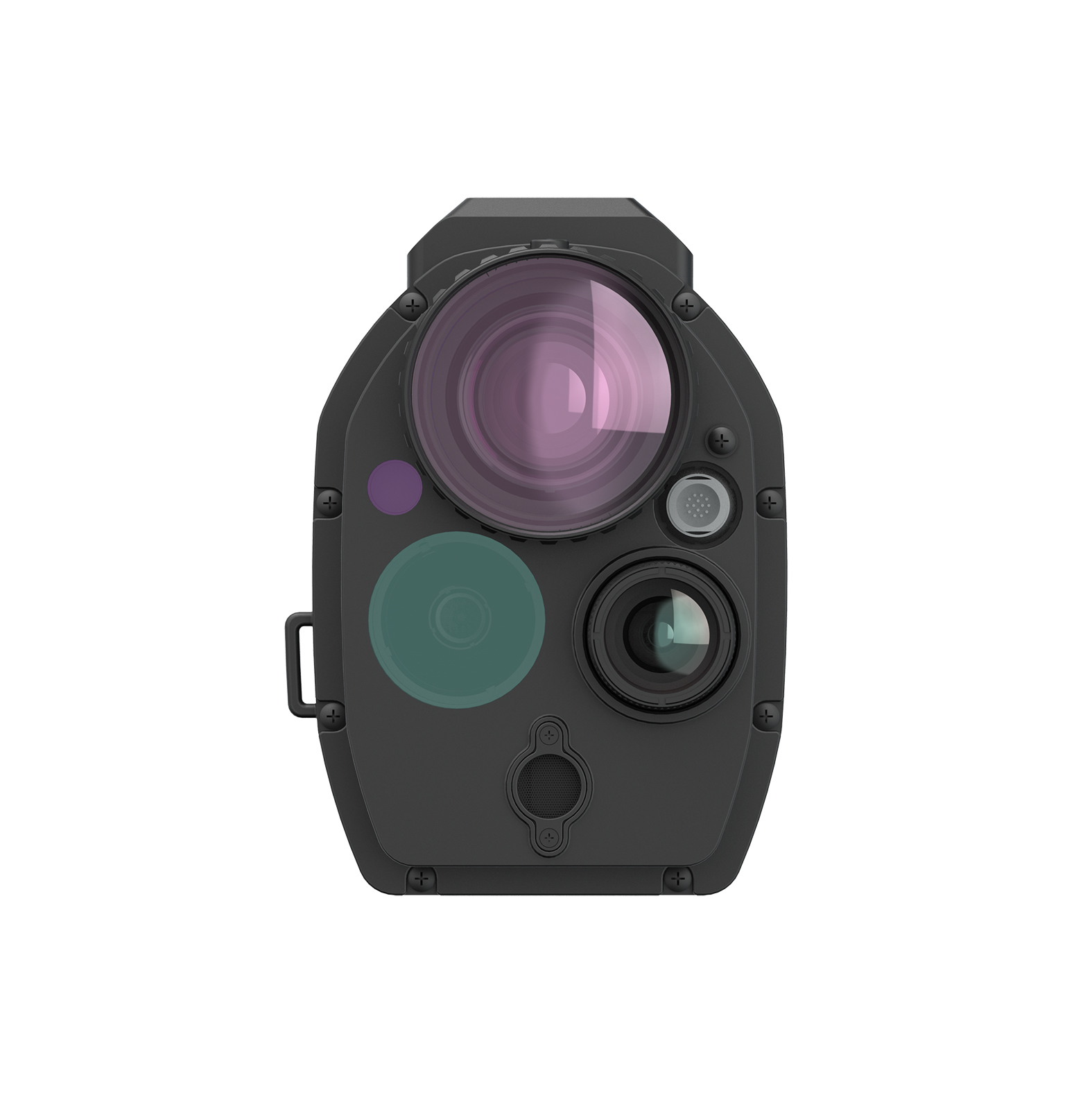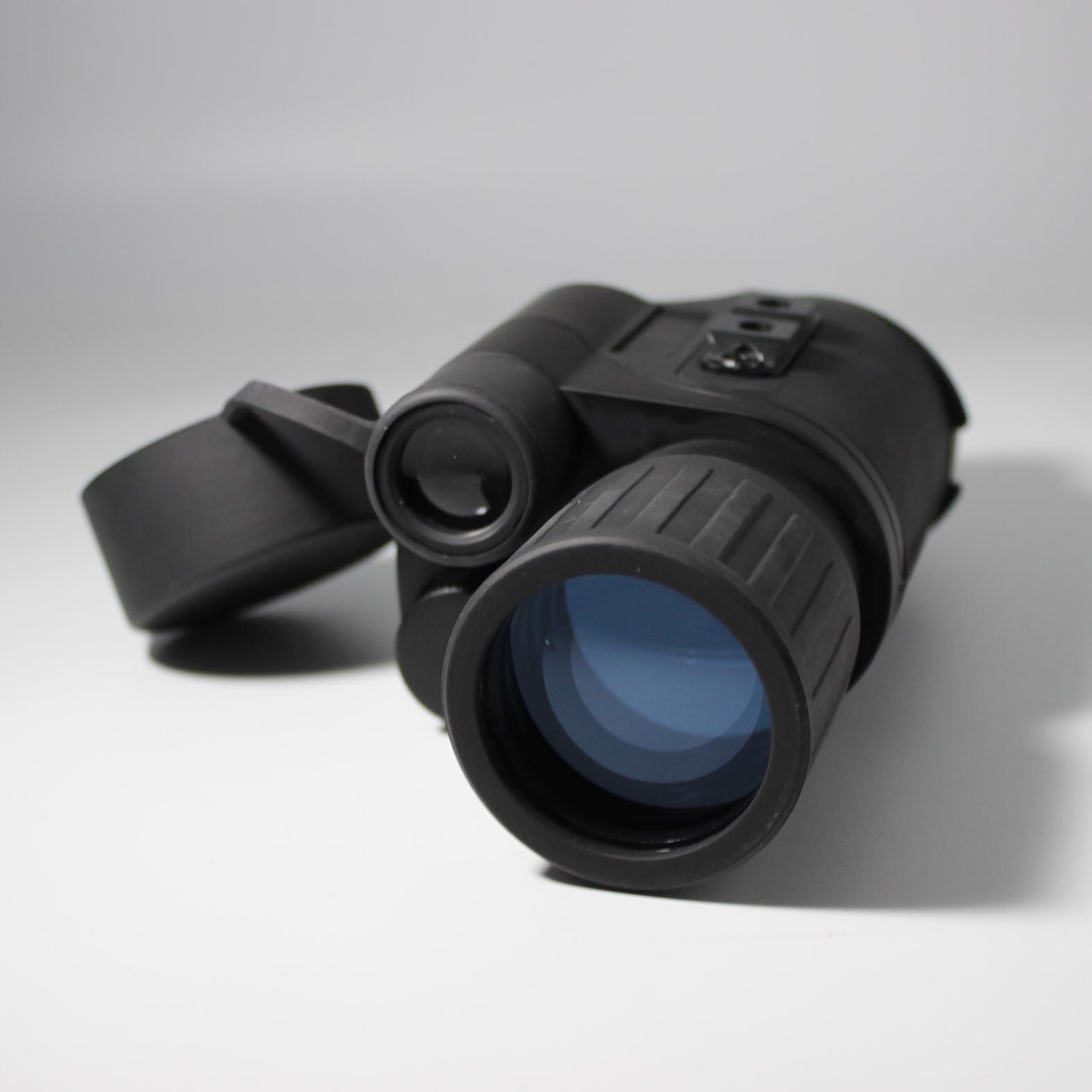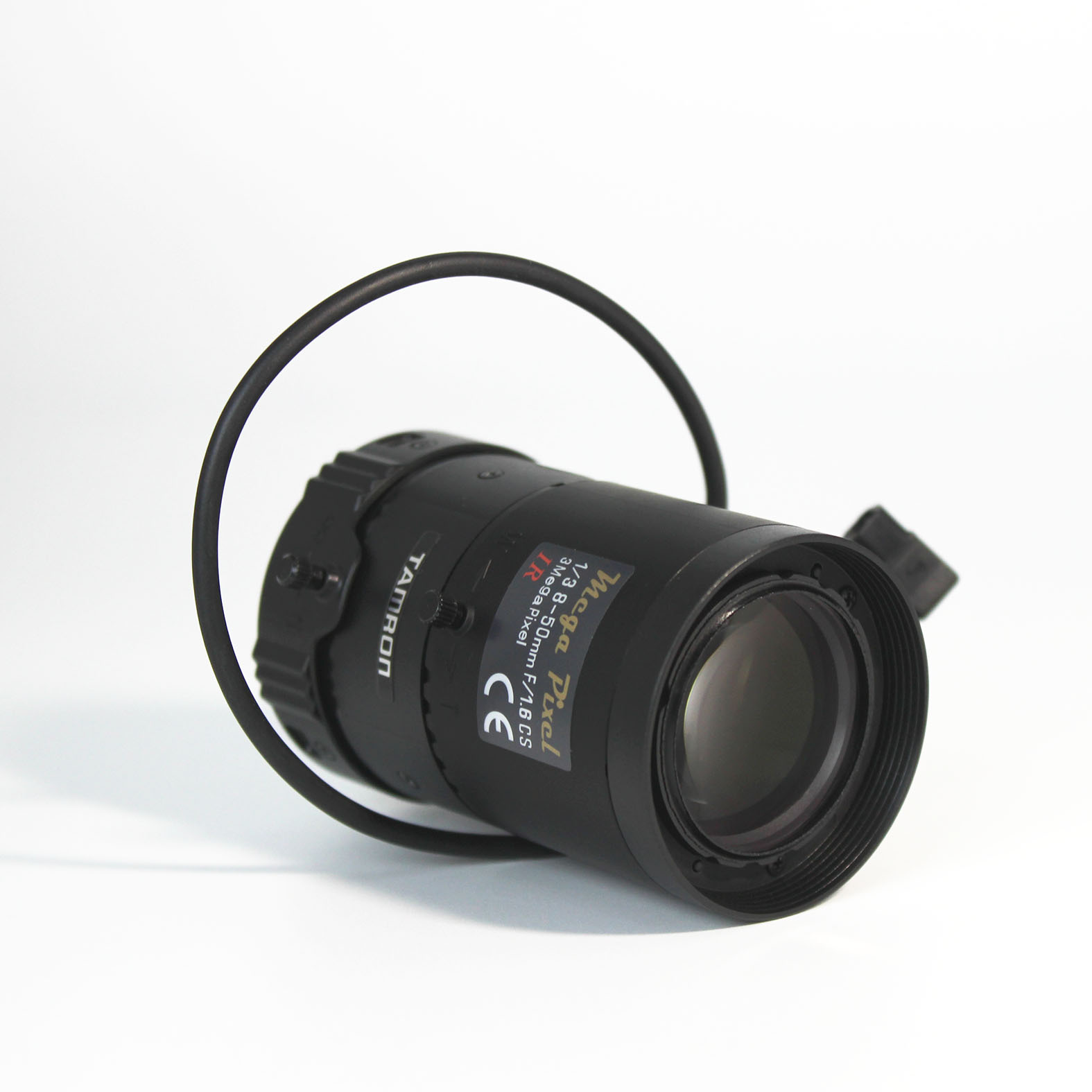Our design and production teams collaborate closely, pooling their respective professional insights and rich experiences to craft customized optical instruments, components, and systems. They lead the entire process, from initial conceptualization to prototype design, and through to the final product’s manufacturing. Throughout every stage of opto-mechanical design, the team adheres to a rigorous process:
Opto-Mechanical Integration Design
Design and Production Teams
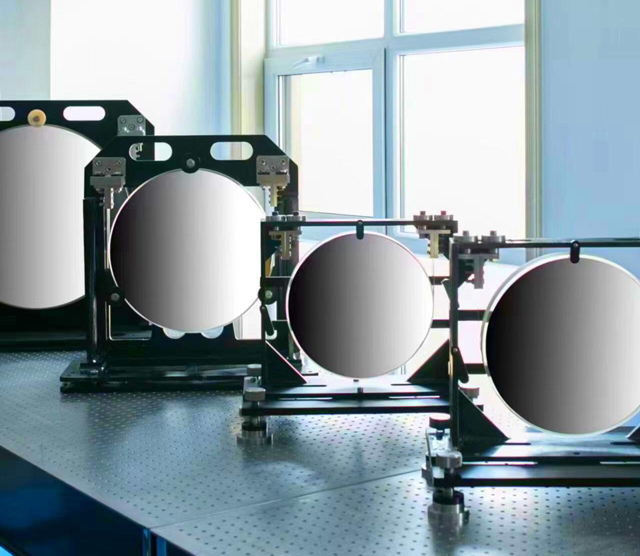
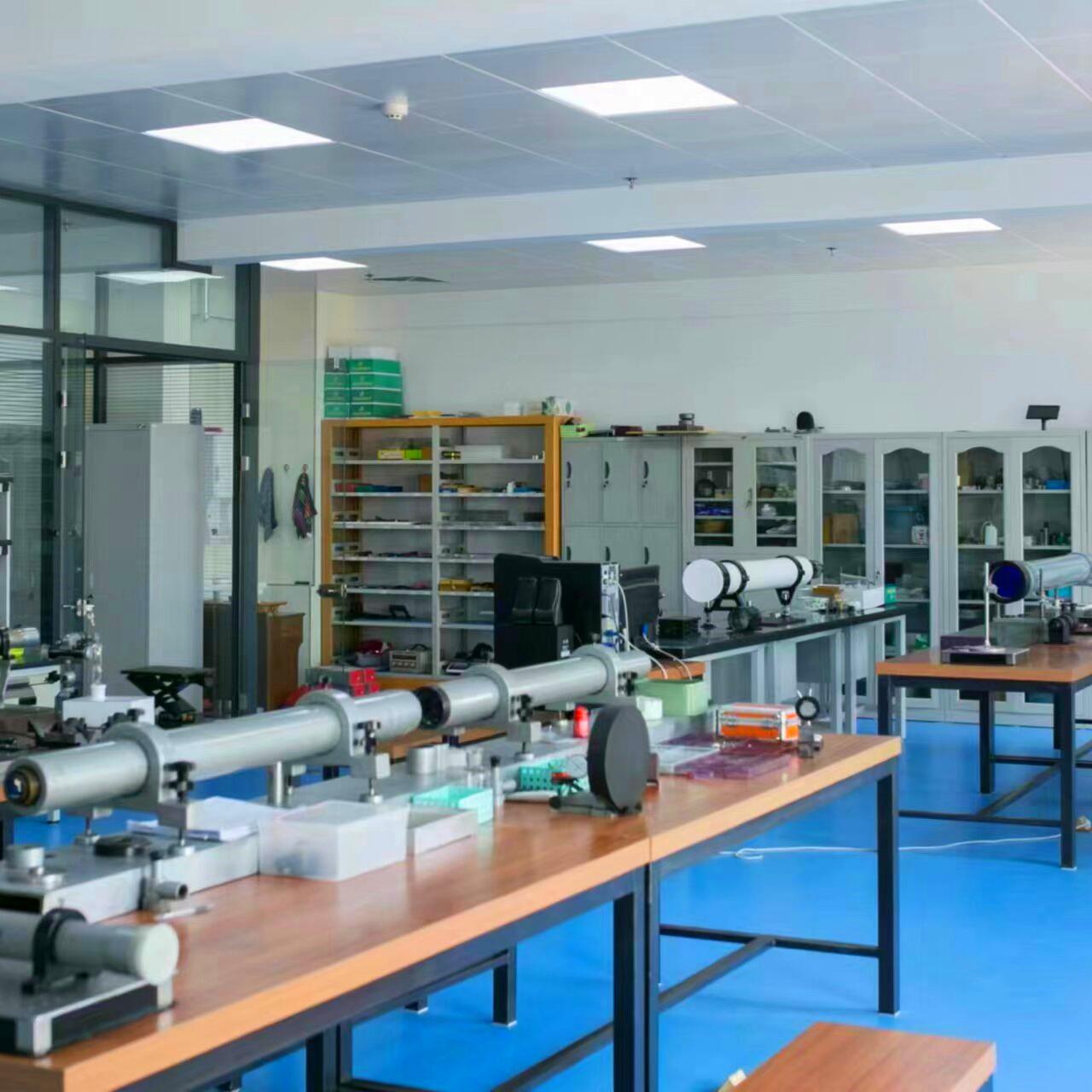
As a company with over sixty years of expertise in opto-mechanical engineering
VY Optics deeply understands that the role of opto-mechanical engineers extends far beyond merely constructing simple support structures for optical components. Therefore, we are committed to providing globally customers with cost-effective and rapidly responsive opto-mechanical product solutions, leveraging profound expertise and extensive practical experience.
We have assembled a deeply collaborative team of optical and mechanical engineers
Meet the requirements of different application scenarios
When designing mechanical components of opto-mechanical systems such as housings, gaskets, and fixtures, engineers must comprehensively consider various key factors, including weight, durability, cost-effectiveness, and stability, to precisely select metal materials with ideal strength, stability, and support. To this end, we supply a range of mechanical components crafted from a variety of high-quality metals to meet the needs of different application scenarios:


